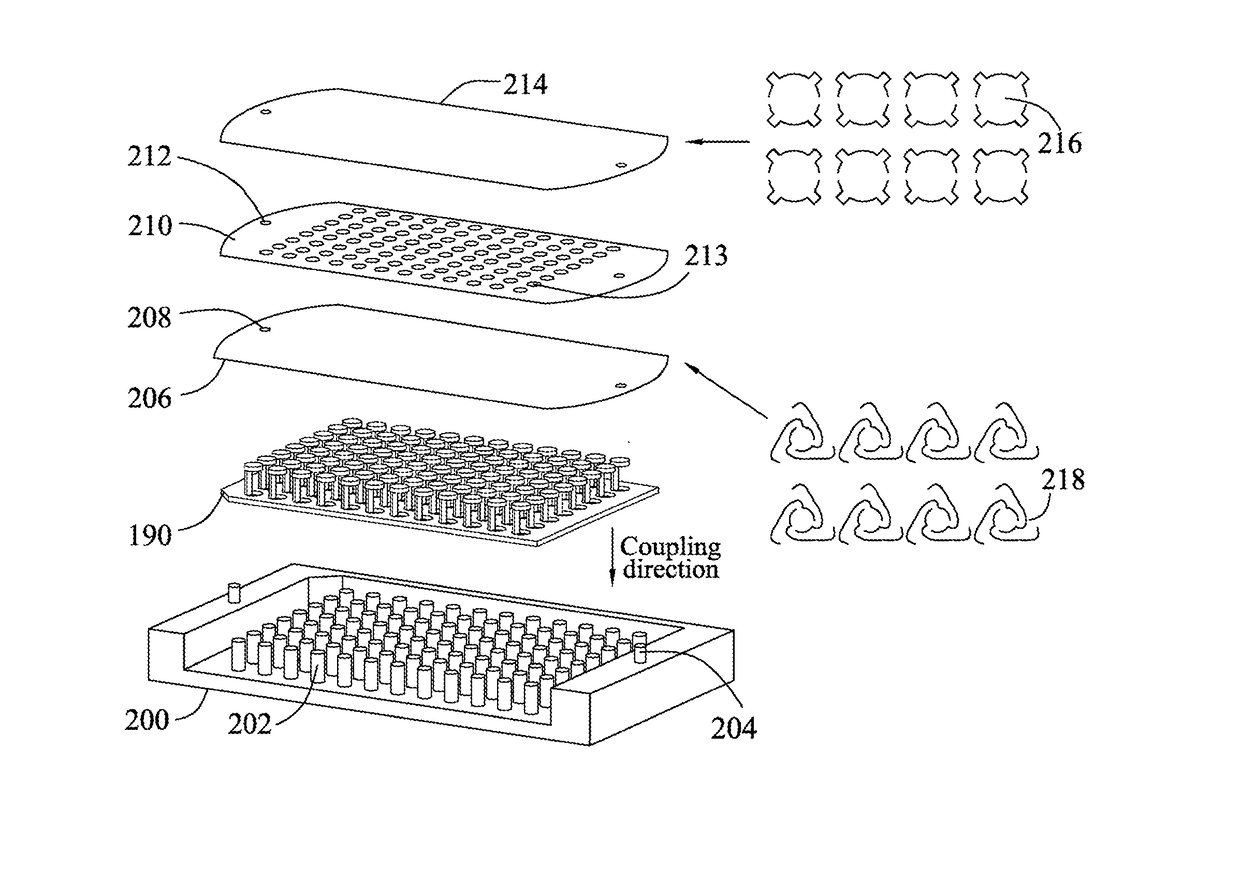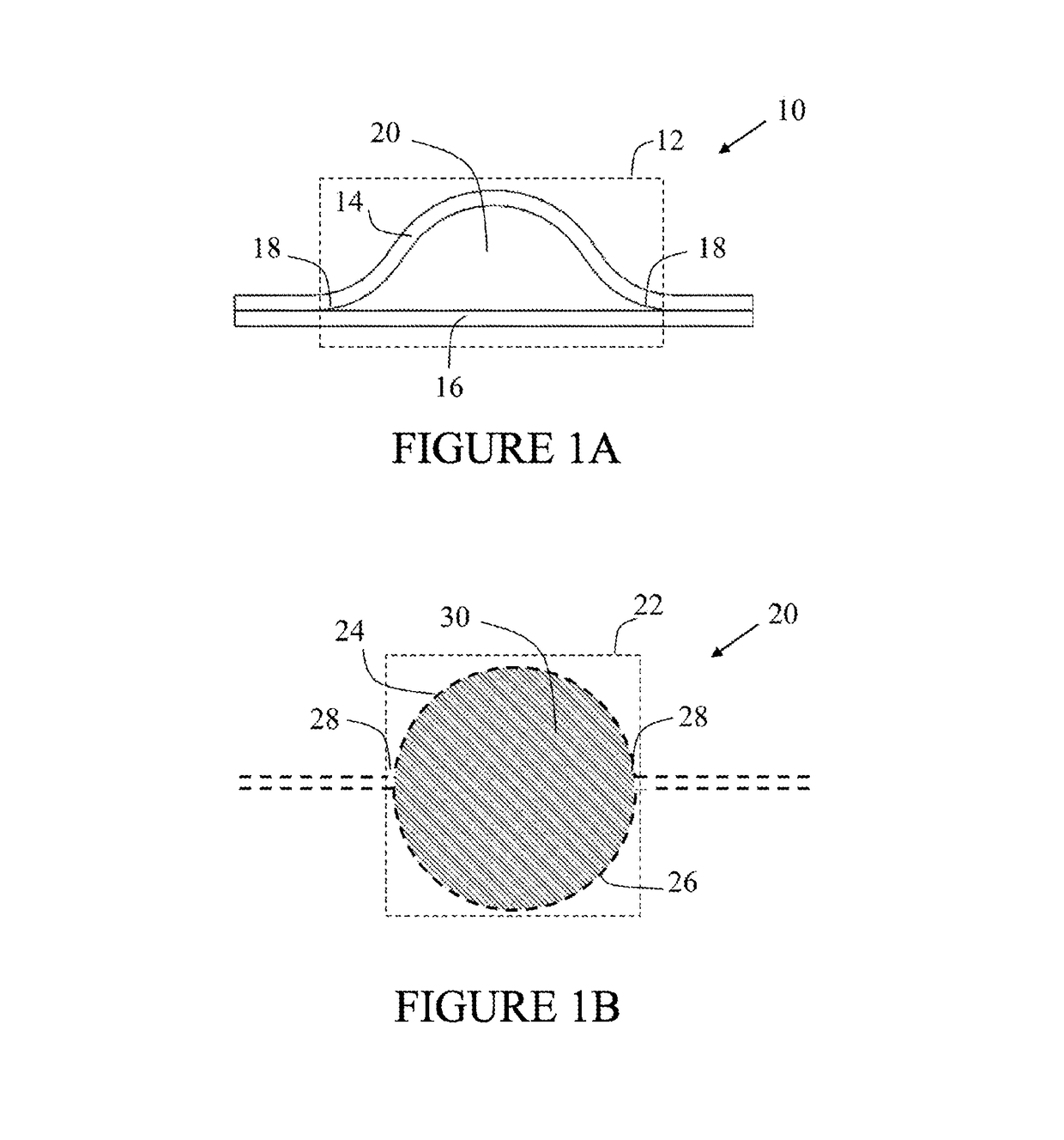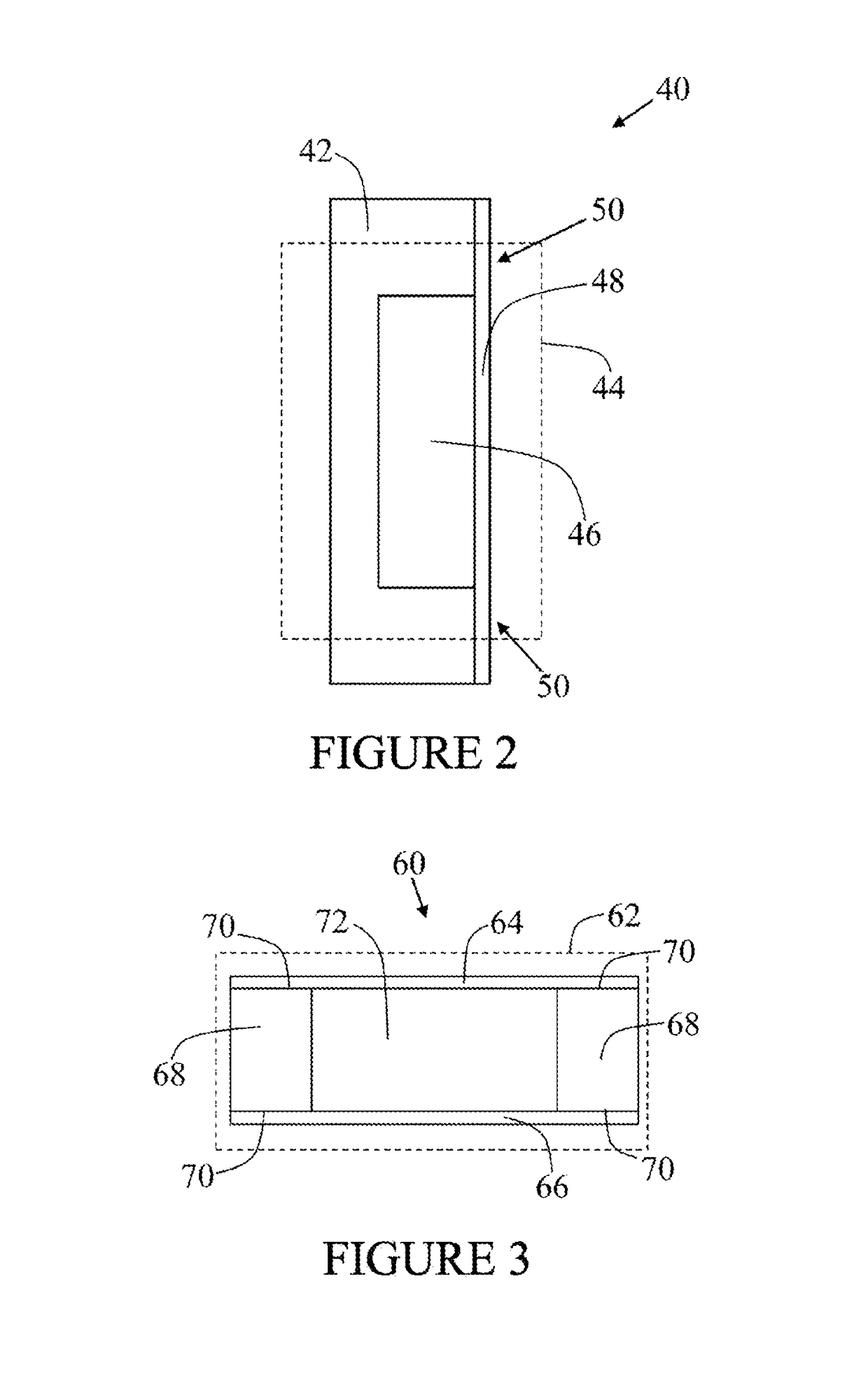Improved methods for cryopreservation of biological materials
a biological material and cryopreservation technology, applied in the field of apparatus, methods and systems for controlling ice formation, can solve the problems of reducing the viability of cells after thawing, too much noise to identify any meaningful test, and many cell types can be damaged, so as to reduce the pressure within the cavity
- Summary
- Abstract
- Description
- Claims
- Application Information
AI Technical Summary
Benefits of technology
Problems solved by technology
Method used
Image
Examples
Embodiment Construction
[0077]Broadly speaking, embodiments of the present technique provide apparatus for controlling ice formation, such as during the processes of cryropreservation and freeze drying. In particular, the apparatus provides a mechanism to deliver an ice nucleating material into a biological sample that is to be preserved, without allowing the ice nucleating agent to contact or contaminate the biological matter within the sample. Advantageously, embodiments of the apparatus may be manufactured for compatibility with existing, widely used laboratory equipment, such as vials, tubes, multi-well plates, etc. A further advantage of the apparatus is increased cell viability following freezing and subsequent thawing of samples.
[0078]The apparatus of the present application enables the freezing process in cryopreservation and freeze drying to be controlled (and in particular, for ice formation to be controlled), such that a sample freezes at a temperature closer to the melting point of the sample. ...
PUM
 Login to View More
Login to View More Abstract
Description
Claims
Application Information
 Login to View More
Login to View More - R&D
- Intellectual Property
- Life Sciences
- Materials
- Tech Scout
- Unparalleled Data Quality
- Higher Quality Content
- 60% Fewer Hallucinations
Browse by: Latest US Patents, China's latest patents, Technical Efficacy Thesaurus, Application Domain, Technology Topic, Popular Technical Reports.
© 2025 PatSnap. All rights reserved.Legal|Privacy policy|Modern Slavery Act Transparency Statement|Sitemap|About US| Contact US: help@patsnap.com



